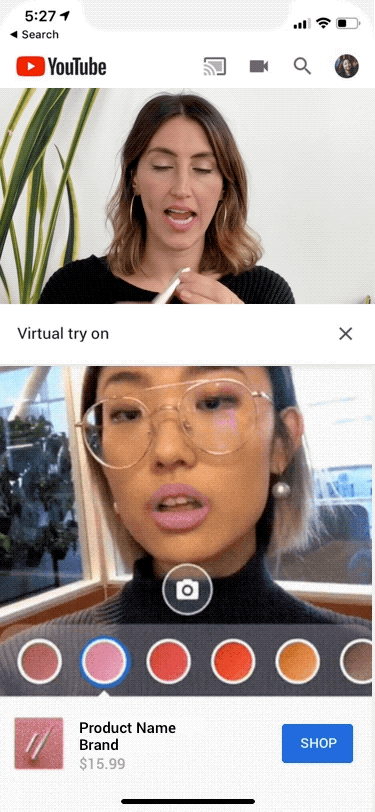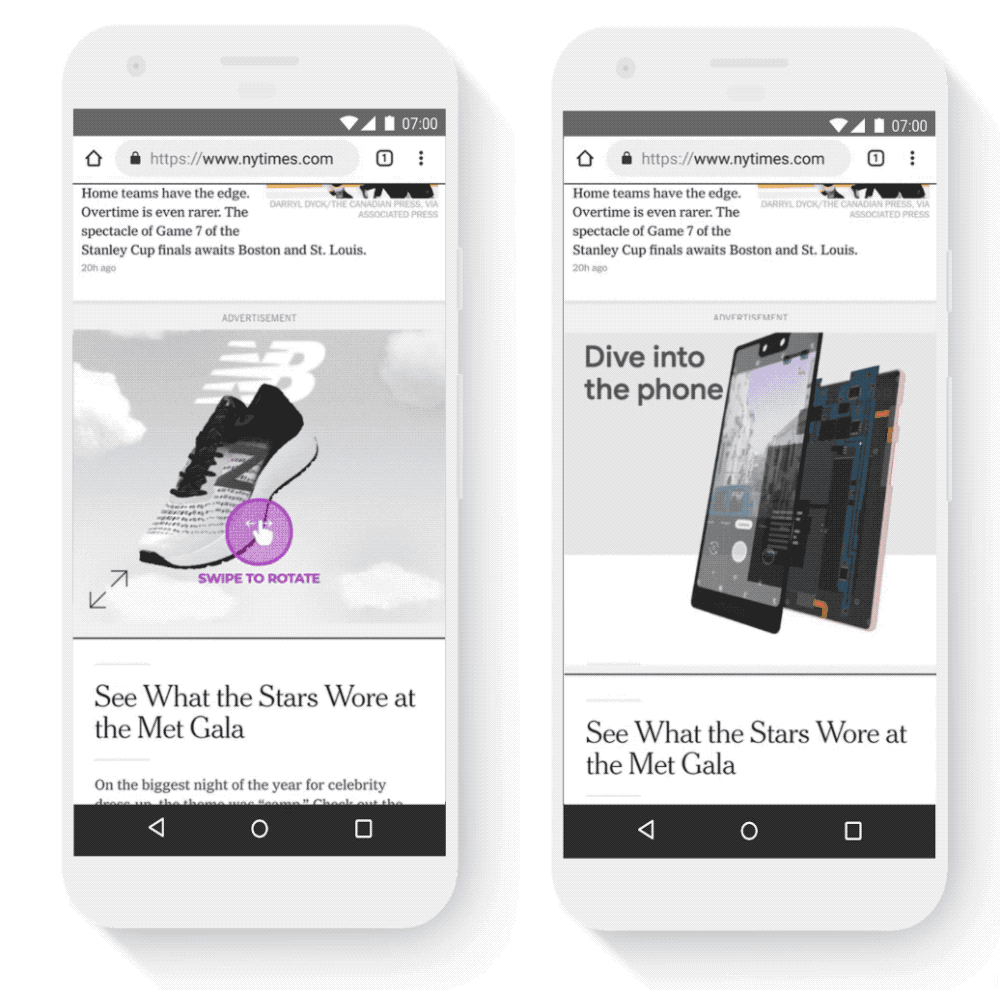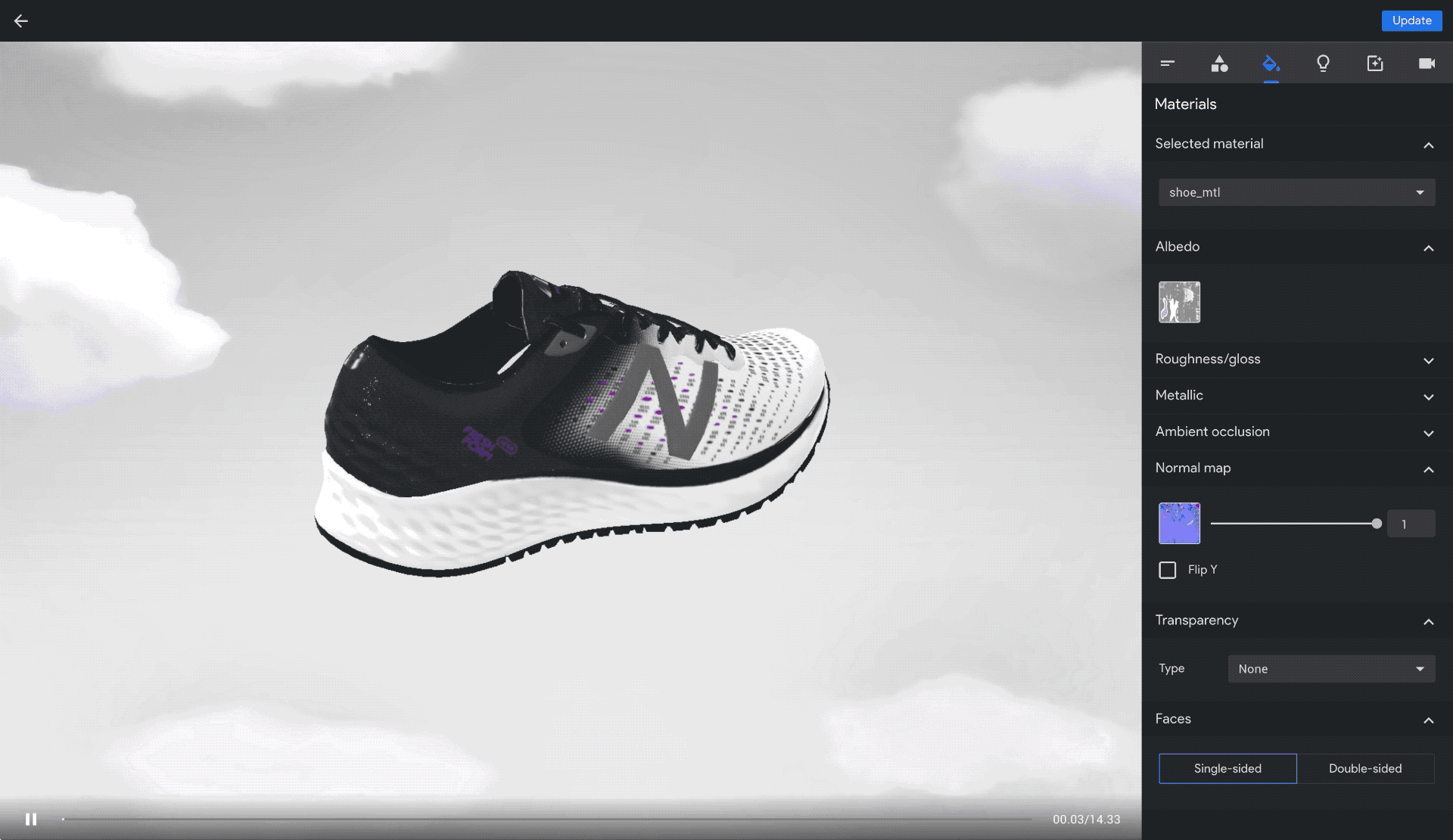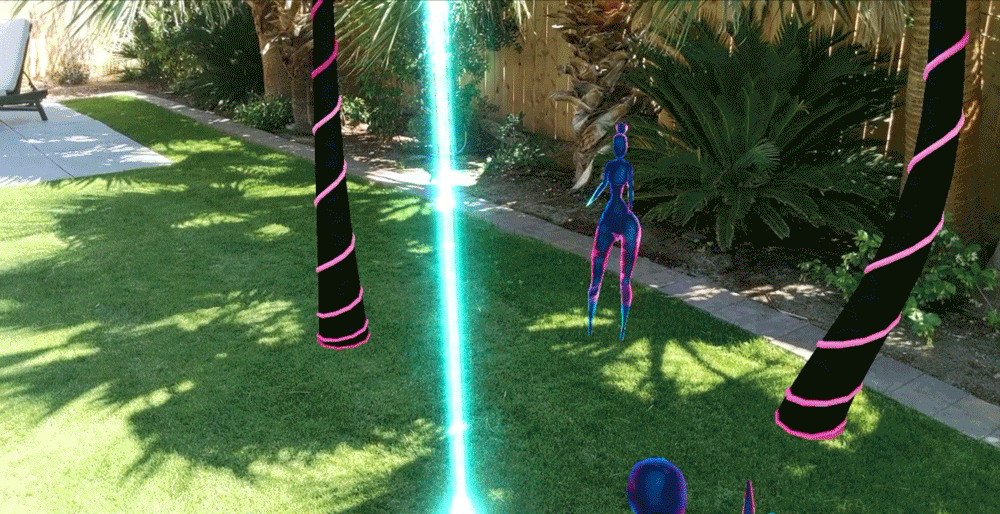Editor’s note: Guest author Dr. Toshiyuki Kono is President of the International Council on Monuments and Sites. Distinguished Professor Kono also teaches private international law and heritage law at Japan's Kyushu University.
Preserving and protecting the past is essential for our future. This belief is at the core of the International Council on Monuments and Sites (ICOMOS), a global non-government organization dedicated to the conservation of architectural and archaeological heritage.
Our 10,000 members across the globe—including architects, archeologists, geographers, planners and anthropologists—share the same vision: to protect and promote the world’s cultural heritage. The recent youth climate demonstrations shed a spotlight on the urgency of the climate crisis, which is having a devastating effect on our cultural monuments too. It is important to take action, and we must act now to save this part of our human legacy.
That’s why, in collaboration with CyArk and Google Arts & Culture, we’re launching Heritage on the Edge, a new online experience that stresses the gravity of the situation through the lens of five UNESCO World Heritage Sites. You can join us and explore over 50 online exhibits, 3D models, Street View tours, and interviews with local professionals and communities about Rapa Nui’s (Easter Island) iconic statues, the great mosque city of Bagerhat in Bangladesh, the adobe metropolis of Chan Chan in Peru, Scotland’s Edinburgh Castle and the coastal city of Kilwa Kisiwani in Tanzania—all heritage sites that are affected by the climate crisis.Above all, the project is a call to action. The effects of climate change on our cultural heritage mirror wider impacts on our planet, and require a strong and meaningful response. While actions at individual sites can prevent loss locally, the only sustainable solution is systemic change and the global reduction of greenhouse gas emissions.
Heritage on the Edge collects stories of loss, but also of hope and resilience. They remind us that all our cultural heritage, including these iconic World Heritage Sites, are more than just tourist destinations. They are places of great national, spiritual and cultural significance. Posted by Shahram Izadi, Director of Research and Engineering
Posted by Shahram Izadi, Director of Research and Engineering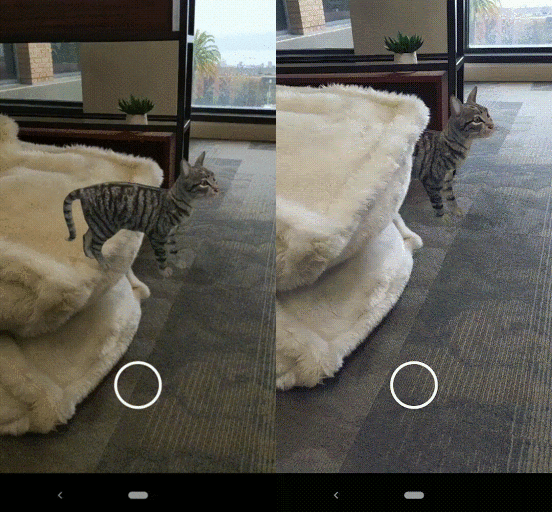



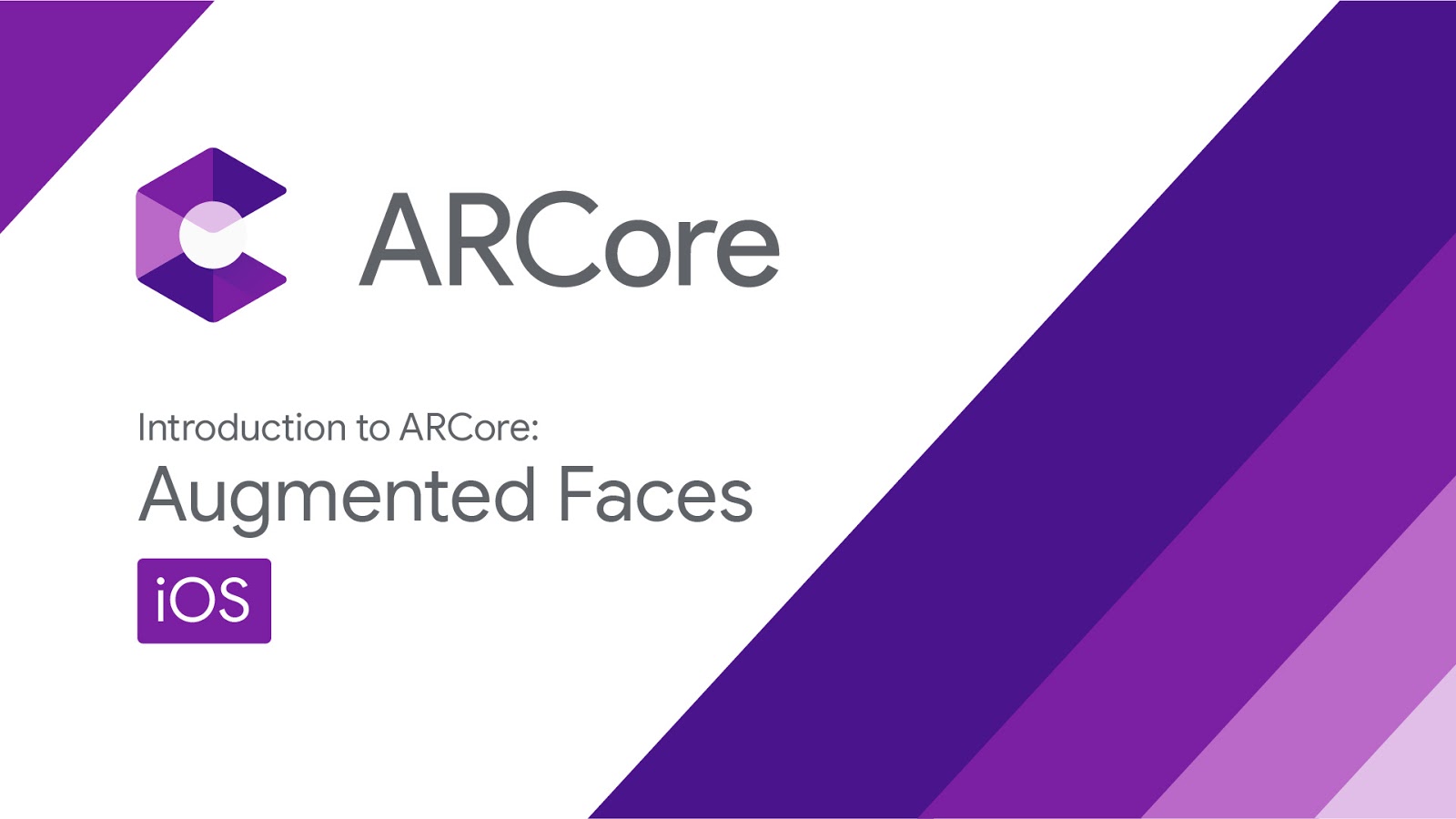 Posted by Christina Tong, Product Manager, Augmented Reality
Posted by Christina Tong, Product Manager, Augmented Reality 

